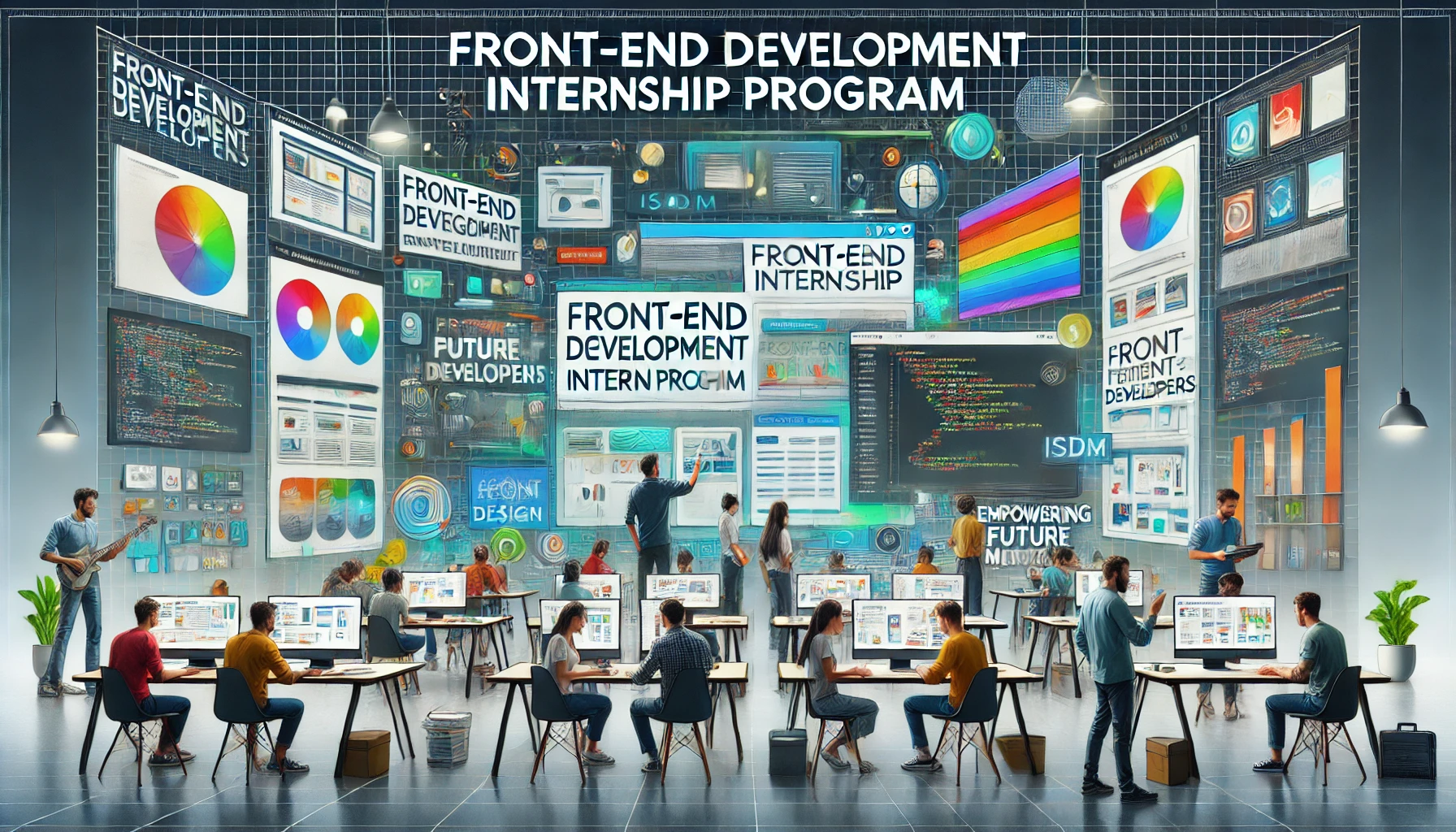Table of Contents
ToggleCertificate Course in Web Design with .php
About :Certificate Course in Web Design with .Php
A Certificate Course in Web Design with PHP is likely designed to equip individuals with the skills and knowledge needed to design and develop dynamic and interactive websites using PHP (Hypertext Preprocessor). Here’s an overview of what such a course might cover:
1. Introduction to Web Design:
- Basics of web design principles and user experience.
- Understanding the role of design in creating user-friendly websites.
2. HTML and CSS:
- Fundamental HTML for structuring web content.
- CSS for styling and layout design.
3. JavaScript and jQuery:
- Introduction to client-side scripting using JavaScript.
- Utilizing jQuery for enhanced interactivity and dynamic content.
4. Introduction to PHP:
- Overview of PHP and its role in server-side scripting.
- Basic syntax and programming concepts in PHP.
5. Database Integration with PHP:
- Connecting to databases using PHP (e.g., MySQL, PostgreSQL).
- Incorporating database-driven content into web applications.
6. PHP Frameworks:
- Introduction to popular PHP frameworks (e.g., Laravel, Symfony).
- Understanding the benefits of using frameworks for web development.
7. PHP and HTML Forms:
- Processing HTML forms using PHP.
- Validating user input and handling form submissions.
8. Session Management and Cookies:
- Managing user sessions using PHP.
- Using cookies for data persistence.
9. Object-Oriented PHP:
- Introduction to object-oriented programming (OOP) in PHP.
- Creating and using classes and objects.
10. Security in Web Design with PHP: – Implementing security measures in PHP applications. – Best practices for securing web applications.
11. Web Services and APIs with PHP: – Introduction to web services and APIs. – Consuming and creating APIs using PHP.
12. Content Management Systems (CMS) with PHP: – Overview of popular PHP-based CMS (e.g., WordPress, Joomla). – Customizing and extending CMS functionality.
13. Testing and Debugging PHP Applications: – Strategies for testing and debugging PHP code. – Utilizing debugging tools and techniques.
14. Version Control and Deployment: – Using version control systems (e.g., Git) for managing PHP code. – Deployment strategies for PHP web applications.
15. Project Work: – Practical projects to apply learned concepts. – Building a complete web application using PHP.
Certificate Course in Web Design with .php
Module 1: Introduction to Web Design and PHP
- Basics of web design principles and user experience.
- Overview of PHP and its role in web development.
Module 2: HTML and CSS
- HTML fundamentals for structuring web content.
- CSS for styling and layout design.
Module 3: JavaScript and jQuery
- Introduction to client-side scripting using JavaScript.
- Utilizing jQuery for enhanced interactivity and dynamic content.
Module 4: Introduction to PHP
- Basic syntax and programming concepts in PHP.
- Setting up a PHP development environment.
Module 5: Database Integration with PHP
- Connecting to databases using PHP (e.g., MySQL, PostgreSQL).
- Incorporating database-driven content into web applications.
Module 6: PHP Frameworks
- Introduction to popular PHP frameworks (e.g., Laravel, Symfony).
- Understanding the benefits of using frameworks for web development.
Module 7: PHP and HTML Forms
- Processing HTML forms using PHP.
- Validating user input and handling form submissions.
Module 8: Session Management and Cookies
- Managing user sessions using PHP.
- Using cookies for data persistence.
Module 9: Object-Oriented PHP
- Introduction to object-oriented programming (OOP) in PHP.
- Creating and using classes and objects.
Module 10: Security in Web Design with PHP
- Implementing security measures in PHP applications.
- Best practices for securing web applications.
Module 11: Web Services and APIs with PHP
- Introduction to web services and APIs.
- Consuming and creating APIs using PHP.
Module 12: Content Management Systems (CMS) with PHP
- Overview of popular PHP-based CMS (e.g., WordPress, Joomla).
- Customizing and extending CMS functionality.
Module 13: Testing and Debugging PHP Applications
- Strategies for testing and debugging PHP code.
- Utilizing debugging tools and techniques.
Module 14: Version Control and Deployment
- Using version control systems (e.g., Git) for managing PHP code.
- Deployment strategies for PHP web applications.
Module 15: Project Work
- Practical projects to apply learned concepts.
- Building a complete web application using PHP.
Practical / Theory Ratio
Carrer options in :Certificate Course in Web Design with .Php
Completing a Certificate Course in Web Design with PHP can open up various career opportunities in the field of web development and design. Here are some potential career options:
Web Designer:
- Design visually appealing and user-friendly websites using PHP for dynamic content.
Front-End Developer:
- Develop and implement the client-side of websites with a focus on PHP for dynamic web pages.
PHP Developer:
- Specialize in server-side web development using PHP.
- Create and maintain dynamic and interactive web applications.
Full-Stack Developer:
- Proficient in both front-end (HTML, CSS, JavaScript) and back-end (PHP) development.
- Work on end-to-end development of web applications.
Web Developer (PHP CMS):
- Specialize in developing websites using Content Management Systems (CMS) with PHP (e.g., WordPress, Joomla).
E-commerce Developer:
- Develop and maintain e-commerce websites with PHP for handling transactions and dynamic content.
PHP Framework Developer:
- Work with PHP frameworks like Laravel, Symfony, or CodeIgniter to build robust web applications.
CMS Customization Specialist:
- Customize and extend functionality in PHP-based CMS platforms.
- Develop custom themes and plugins.
Web Application Developer:
- Develop web applications that require server-side processing using PHP.
Database-driven Web Developer:
- Specialize in creating web applications that interact with databases using PHP.
UI/UX Developer with PHP:
- Focus on user interface (UI) and user experience (UX) design with PHP for dynamic and engaging interfaces.
Mobile App Developer (with PHP):
- Extend skills to mobile app development using PHP for server-side logic.
Technical Support Specialist:
- Provide support for websites and web applications developed with PHP.
- Assist in troubleshooting and resolving issues.
Freelance Web Designer/Developer:
- Work independently or as a contractor on various web design and development projects.
IT Consultant:
- Provide consulting services to businesses for optimizing their web presence using PHP.
- Advise on technology choices and best practices.
Educator or Trainer:
- Teach web design and development courses with a focus on PHP.
- Conduct training sessions on PHP technologies.
Course Fee : Certificate Course in Web Design with. php
₹ 11,000 – ₹12,000
Find Course Fee
in your City !
More Enquiry
Enter your
Details
Also Read
Internship: Front-End Development Internship Program
Introduction to Front-End Development Internship Program The Front-End Development Internship Program is designed to equip…
Internship: Web Development Internship Program
The Web Development Internship Program is designed to equip students with hands-on experience in building…
Internship: Full Stack Development Internship
Duration: 30 Working Days Includes: Practical Sessions, Live Projects, Certificate and Report Week 1: Introduction…
Internship: Executive Management Internship Program:
Week 1: Foundations of Executive Leadership Day 1: Program Orientation & Introduction to Executive Management…












